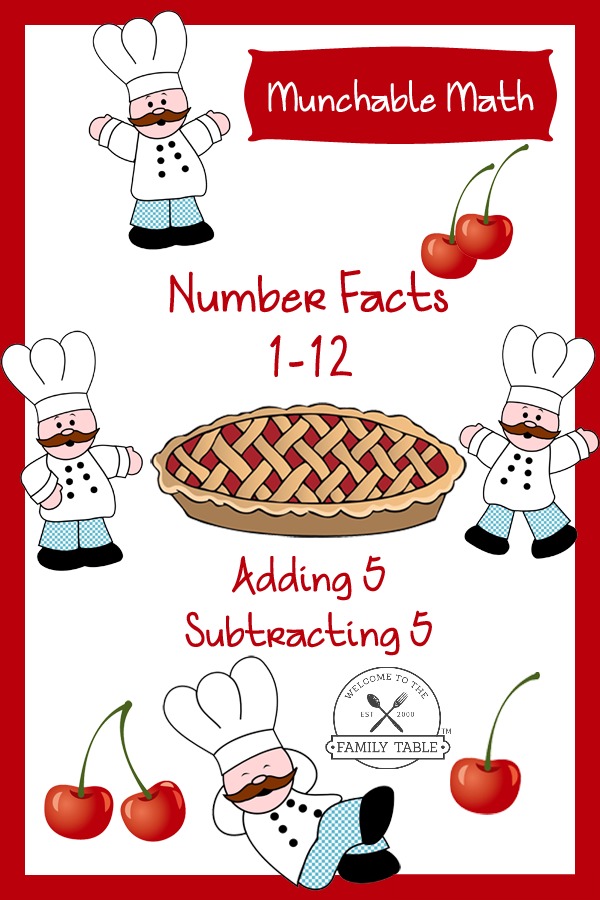Mismatched Learning Styles and Homeschooling an Only Child

I’m pretty sure that I was bitten by the “teacher bug” shortly after birth. I can still picture the 1950’s-era school desks that my grandmother had in her basement and remember the joy that I got from “teaching” my younger cousins. My lessons were complete with handwritten worksheets, manipulatives, and report cards. I’m not sure how much my cousins enjoyed these lessons, but they were always good sports and willing victims students.
I can remember sitting in a circle on the floor with a bunch of kids at my younger sister’s birthday party; she would have been 5 and I was almost 13. I was leading them in some kind of game and I remember an aunt saying, “You definitely should be a teacher when you grow up! You’re a natural!” I beamed with pride.
I still get a certain, unexplainable thrill when I walk into a teacher supply store. Yes, it’s a sickness, but one I’ve apparently suffered from for years.
I have worked in several different classroom settings during my career, but when we made the decision to homeschool our son, my teacher’s heart leapt for joy. I would get to teach my favorite student of all time, my own child!
I knew that I wouldn’t be doing most of the teaching; I work outside the home and my husband, who works from home, is the primary teacher in our family. But I knew I would get to do all the planning and at least some of the teaching, and I was super excited. I envisioned awesome lessons, filled with all the activities that I had loved as a student and that I had planned to do with students when I taught but never seemed to have the time or resources to actually accomplish.
Then reality hit. It turns out that our son doesn’t learn the way I would naturally approach or teach a lesson. I am strongly a visual learner; therefore my natural inclinations as a teacher are toward lessons and curriculum that play into that learning style. Our son is not a visual learner. At. All. In fact, we recently found out that he has a visual processing disorder. This is most obvious in the fact that he has prosopagnosia, or face blindness. But he also struggles with other aspects of visual memory, visual motor processing, visual discrimination, visual sequencing, and spatial relationships.
I cannot tell you how many times I’ve said to him, “Just picture it in your head,” (something that is almost instinctual to me) only to have him reply, “Mom, I just can’t.” He approaches learning and processing new information in a completely different way than my husband and I do.
So what does this have to do with homeschooling an only child? After all, I’m sure that homeschooling parents in larger families have found differences between their natural teaching style and their children’s natural learning style. Here’s one difference I see, however: having only one child means that we will only teach each topic, each grade, once. I can’t save up that lesson that I really wanted to do for the next kid down the line and hope it’s a better fit.
One of my homeschooling mentors has six children. I’m pretty sure she’s had the opportunity to teach any subject about any way she wishes by now! But that’s not reality for our family. Every time we choose to teach a topic or lesson a certain way, we are ruling out all the other ways of teaching it. My favorite way to teach something, the way that might speak most to my passions, interests, gifts, and talents, is probably not the way it’s going to be taught in our family, now or ever. How I dreamed of teaching as a homeschooling parent looks very different than what we actually do.
And that’s exactly how it should be. Through this process, God has shown me even more clearly that it’s not about me. It’s about how our son needs our lessons to be in order to learn better.
1 Corinthians 12:12-26 teaches us about the importance of each part of the body and appreciating what each part of the body can contribute. Among so many other lessons God has taught me through our homeschooling journey thus far, He has taught me to better appreciate who He created our son to be. How He created him to learn and grow and interact with the world around him. He has taught me to better appreciate and honor the unique role that my son plays in the body and the unique things that he can contribute. Even if my husband and I never teach a homeschool lesson in a way that we might find most engaging or fun, our purpose and calling is to educate our son in a way that fits him best and supports him growing into the man God created him to be.
What things has homeschooling taught you to appreciate more about your child or children? In what ways has God used the differences between you and your children to help you grow? I’d love to hear your stories!





I homeschool an only child as well and have come to similar realizations! I thought we’d do so many fun projects but my daughter really prefers to get in, get done, and then do her own kinds of projects. So we are learning to work together!